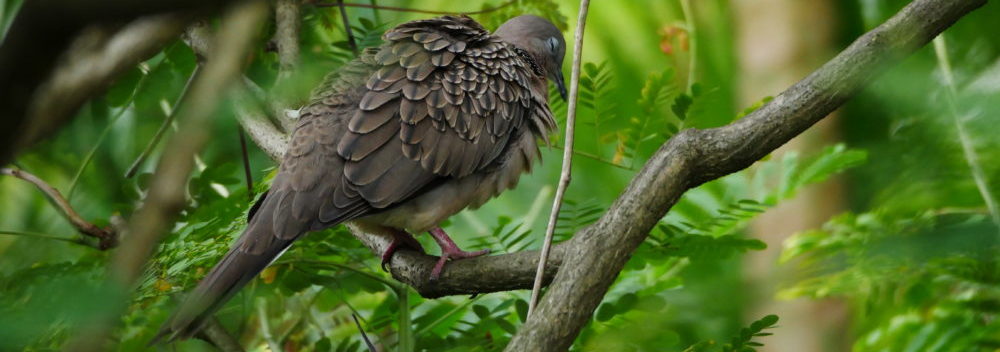

These are the snow monkeys of Jigokudani Yaen-koen, in central Honshu. The Jigokudani Yaen-koen (altitude 850 meters) is located in the Valley of Yokoyu River sourced from Shiga-Kogen of the Joshinetsu-Kogen National Park in northern part of Nagano prefecture. Because of the very steep cliffs and the steam coming off the springs in everywhere, ancient people called this valley ‘Jigokudani (Hell valley)’. Also it is buried in snow almost one third of the year (Jigokudani Yaen-koen website).
Here, the story of these Japanese macaques are retold many times, relating to the kindness of the inn-keeper in offering them an extensive of his cultivated hot-springs for the inn’s onsen after the severe winters of the 1960’s. This led to the adaptation and flourish of the troop of macaques who took to the waters (when they are usually hydrophobic).
Here, the macaque troop size is larger than would be expected at these heights and for these harsh winter conditions, as the natural forces of survival and attrition are altered.
But it’s a fragile existence or adaption, living within this very narrow band between flourish, survival and peril. What if an earthquake divert and disrupt the hot-springs? Will this troop survive the winter?
Indeed, the paradigm between what constitutes good versus poor conditions for survival, fragility, resilience, anti-fragility – is a difficult one to define and pinpoint. Others have used alternative paradigms for adaptation and survival, from the Bamboo to the Banyan.

